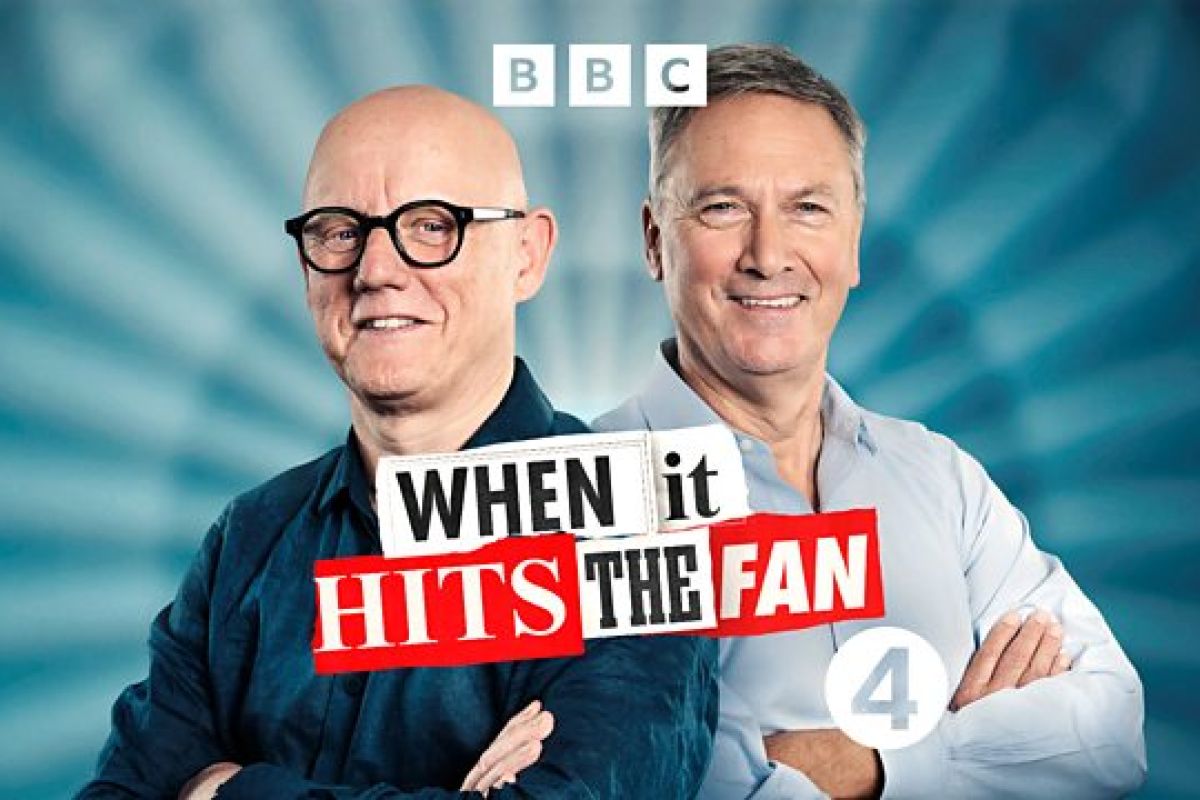Writing a Strong CV for Occupational Health

We meet people every week who are brilliant at what they do but feel completely stuck when it comes to writing about it.
If that’s you, you are not alone.

You might be trying to move into Occupational Health from general practice, urgent care or a different clinical setting. You have read Abi’s post about the Myths Behind OH….or you might be in OH already and looking for a new challenge (we looked at the graduate experience here).
Either way, your CV should be a quiet reflection of how you work and what matters to you. It does not need to be perfect. It just needs to make your strengths easy to see.
We have read thousands of CVs from nurses, advisers, physicians and service leads. The best ones are not always the most polished. They are the ones that feel like the person who wrote them. Clear, honest and relevant.
This is a guide to help you get there.
Start with what you bring
Before you write anything, take a moment to reflect. Not on titles or systems or buzzwords. On how you work.
- Do you bring calm in pressured settings?
- Do you help people feel heard?
- Do you make complex health issues easier for managers to understand?
These are the things that matter in OH.
If you are coming from another setting, your experience is still relevant. You have already assessed risk, supported patients with long-term conditions and communicated with clarity when it counted. That maps well to case management, workplace assessment and return to work planning. We see many clinicians move into OH because they want a role that protects health, not just reacts to it.
Your skills are transferable. You just need to show them clearly.

Use active verbs to show how you work
One of the simplest ways to strengthen your CV is to use active verbs. They do not just show what you were responsible for. They show what you actually did and how you approached it.
For example:
- “Assessed functional capacity for return to work following MSK injury.”
- “Supported triage and clinic delivery for up to 20 referrals per week.”
- “Advised managers on practical adjustments linked to specific risk factors.”
- “Coordinated absence case reviews and followed up on next steps with HR.”
These small shifts help the reader understand your role and judgement. They also show your voice, which can otherwise get lost in lists of duties.
Try to use verbs that reflect how you think and act. Words such as advised, assessed, supported, reviewed, planned, followed up or reduced show you were active in the process, not just present.
Use the language of the role you want
Most people reading your CV will be skimming. Make it easy for them to see how your experience relates to the role they are trying to fill.
That means using headings and keywords they will recognise. If the job advert refers to ‘health surveillance’, and you have done something similar under a different name, label it clearly.
“The secret of getting ahead is getting started. The secret of getting started is breaking down complex overwhelming tasks into small manageable tasks, and then starting on the first one.” – Mark Twain
Most people reading your CV will be skimming. Make it easy for them to see how your experience relates to the role they are trying to fill.
That means using headings and keywords they will recognise. If the job advert refers to ‘health surveillance’, and you have done something similar under a different name, label it clearly.
“The secret of getting ahead is getting started. The secret of getting started is breaking down complex overwhelming tasks into small manageable tasks, and then starting on the first one.” – Mark Twain
A simple process we often recommend:
- Review the role. Highlight the key responsibilities and note any recurring terms.
- Reflect on your work. Match your experience to what is being asked, even if it happened in a different setting.
- Structure clearly. Use subheadings or bold phrases to signpost that alignment.
If a job requires ‘fitness for work assessments’ and you have done return to work planning in primary care, say so. You are not trying to fit into a box. You are showing that the box is wider than people think.
Focus on clarity, not decoration
Your CV does not need to be a design project. The best ones are usually simple, well spaced and easy to read. Use black text on a white background. Stick to one font. Use bold for section headings. Avoid long blocks of text.
A good structure includes:
- A short personal summary.
- CVs need to have your geographical location – a nearest town or part postcode is sufficient.
- Key clinical or advisory skills.
- Recent roles with dates, employers and a few bullet points on what you delivered.
- Any qualifications, courses or CPD.
- Relevant systems or frameworks you are comfortable using.
You do not need to fill the page. You need to make the right information easy to find. Let governance and outcomes speak for you
If you have had any role in clinical governance, quality improvement or audit, include it. You do not need to overstate it. Just show that you contributed.
For example:
- “Led quarterly audit of health surveillance documentation and implemented improvements.”
- “Provided peer support for new team members joining from acute settings.”
- “Chaired case conference with HR and senior management to align OH advice with legal guidance.”
These details show depth. And they build confidence in your approach.
The small things make a difference

We know that CV writing can feel like admin, but attention to detail really matters. Before you send yours to a prospective employer:
- Check that your contact details are clear.
- Use consistent formatting for dates and job titles.
- Add a short line about each employer if they are not widely known.
- Avoid long gaps without explanation.
- Keep your file name professional e.g. CV 2025 – Final Version
These small steps show care. And they help you start on the right foot.
You do not have to write it all at once
This is the part where many people get stuck. The blank page. The sense that it all has to be done perfectly in one go.
It doesn’t.
Break it into small parts. Draft the headings. Write two bullet points today. One more tomorrow. Then review and refine. As Katie Kacvinsky put it:
“You need to be content with small steps. That’s all life is. Small steps that you take every day so when you look back down the road it all adds up and you know you covered some distance.”
Start with one small step. We promise, it builds from there. Just remember:
- Think: Your CV is a reflection of how you work. Clear, calm and focused on what matters.
- Feel: Reassured that your experience is relevant and your voice is enough.
- Do: Take a few small steps to shape your CV. And if you want to talk it through, we are here.
If and when you do make it to interview stage, be sure to check out Abi’s post – How to Prepare for the WORST Job Interview EVER!
Considering a move?
If you are thinking about your next move and want to talk through your CV, we are always happy to help. Connect with Abi on LinkedIn or pop her an email. If you’re not actively looking but think you could do with some help polishing your CV, Abi can help!
Recruiting Heads is a specialist recruitment partner for Occupational Health, Workplace Wellbeing, Health & Safety and Digital Health. Led by Sean and Abi McMullen, we combine deep sector knowledge with a candidate first approach. We help healthcare leaders fill senior roles fast and with care. When you work with us, you work directly with Abi and Sean. Two recruiters who know the sector inside out.
Where to Next?
More Articles
Right people, right roles, always
Whether you’re hiring or job hunting, we make your search straightforward, effective and discreet.



